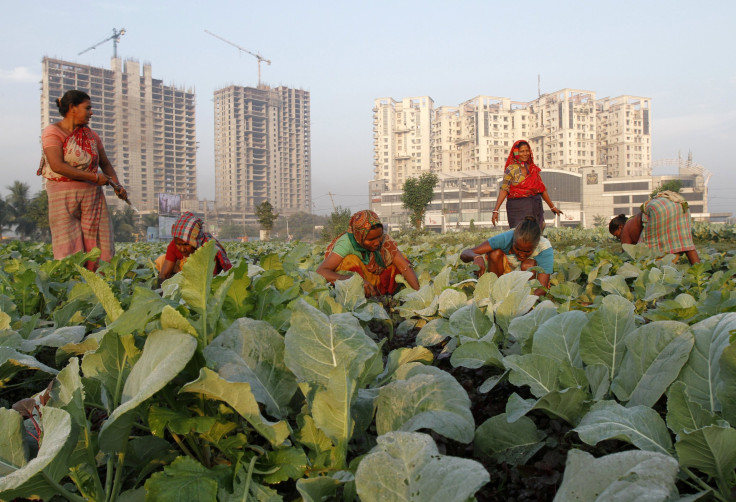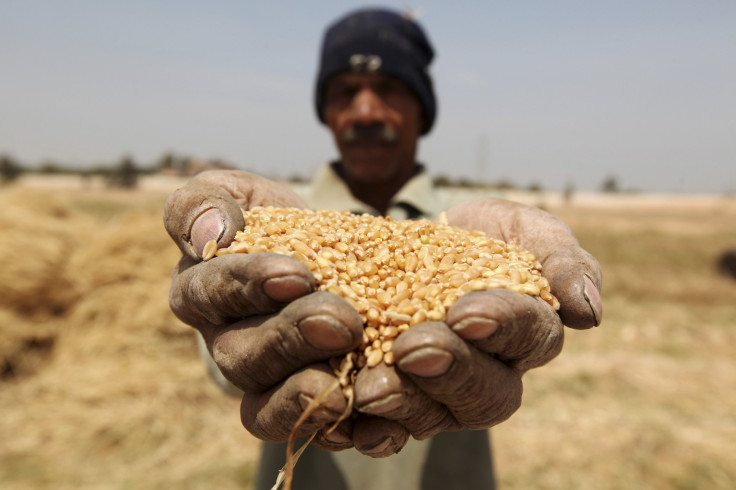Will The World Have Enough To Eat In 2050? Study Suggests Urban Growth Could Cause Problems In Developing World

A massive shift is expected to take place in the next 34 years, pushing the global urban population up to 6.3 billion people by 2050. At the same time, a notable change in global food production will need to occur in order to avoid economic devastation and civil unrest across the globe, according to a recent report.
The growth would mean that roughly two-thirds of the world’s population will live in an urban environment — which can be defined as areas where populations exceed 5,000 or 20,000 people, depending on who you're talking to — and the research in last month’s “Growing Food for Growing Cities” raises concerns that the current system of food production, processing and delivery will need to change to avoid those major pitfalls.
“The threat is, will there be enough food produced for those people living in cities?” Dan Glickman, a former U.S. Secretary of Agriculture and co-chair of the Chicago Council’s advisory group, which conducted the study, told the Los Angeles Times in an article published Friday. “Will the supply chains to get the food to the urban areas be adequate to feed the people, and if not, will there be political and economic dislocation? It’s a very, very serious problem and not enough people have been talking about it.”

The challenge will not be shared equally across the globe. Developing nations, which will experience 95 percent of the population growth in the next several decades, will have the biggest challenge. Somewhere between half and 70 percent of the world’s food consumption occurs in urban areas today, Thomas A. Reardon, a principal author of the study, told the Times. At the same time 90 percent of food in developing countries comes from domestic, local sources.
To meet the challenge, infrastructure and food delivery methods will need to become more efficient and span more area, the research suggests. To feed all of those people, farmers in remote areas will need to become a part of that system. Should the systems rise to the challenge, those farmers may see a rise in income, too.
© Copyright IBTimes 2024. All rights reserved.






















